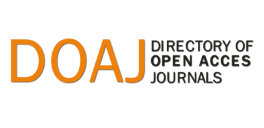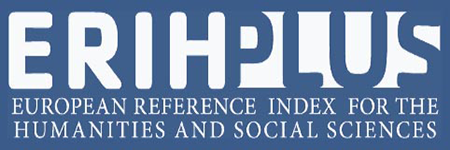No. 17 (1989): Public policies: methodological approaches

Since the 1970s, public policy analysis has gained great importance for academics, technicians and politicians.
One of the factors that has contributed the most to this fact is, without a doubt, the so-called crisis of the Keynesian State or Interventionist State. What for some analysts had constituted the possibility of achieving a rationalization of society that would guarantee the social cohesion and integration that the market had not been able to achieve, became a factor of systematic crisis. For others who, as Gouh points out, identified the policies of the "Welfare State" exclusively with private interests linked to large corporations, during the crisis, they found themselves in the paradox of defending state interventionism. Both have been forced to redefine their approaches. Thus, we find that the former, from different points of view, have felt obliged to recognize the diverse and multidetermined nature of public policies, while at the same time striving to develop a series of evaluative "technologies" that seek to provide decision-making and policy management with greater rationality.
The second group, who have a more critical perspective, have recognized not only that state policies are a historical result of struggles and compromises between classes and social sectors, but also that internally a series of factors of various kinds (organizational, administrative, etc.), located in what Foucault has called the "microphysics of power", weigh heavily, which, without being determining factors, do condition the formulation and application of policies.
This has led to new conceptions of the State and politics, and to greater concern for understanding the dynamics of these realities, leading to the incorporation of heterodox and diverse perspectives in terms of the dimensions that are incorporated into such analyses.









